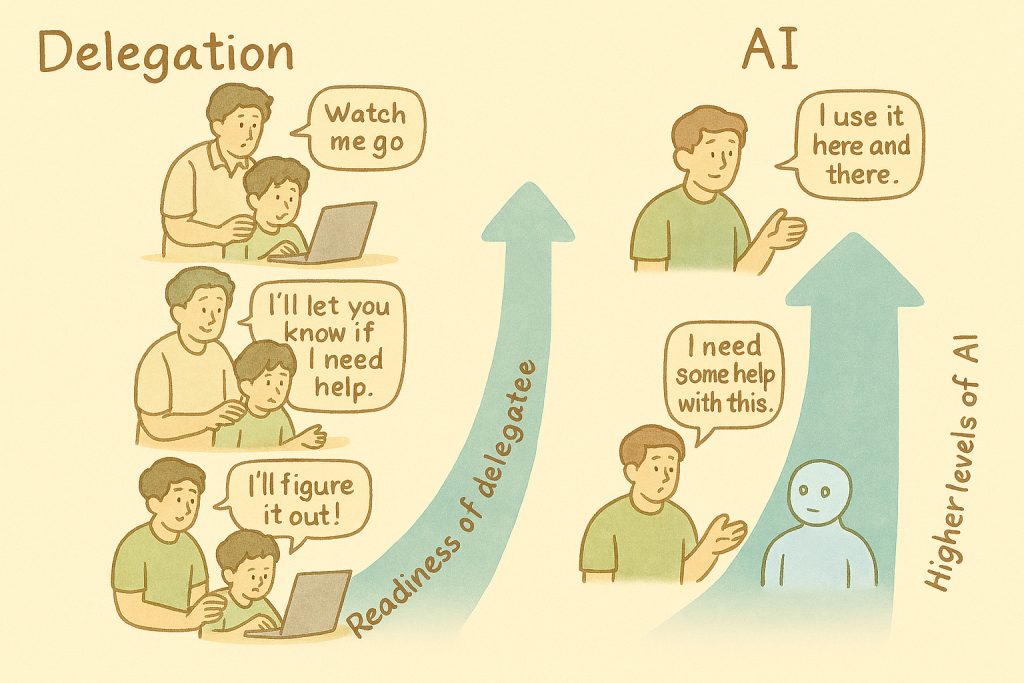
This is a question that I get asked frequently.
In my close to 20 years of association with some national Business Excellence Award programs, I would stress on just two aspects.
To ensure that the growth of any organization is balanced and that results are caused by intention – and hence sustainable.
With these two objectives, other sub-objectives may be identified which would include systematic planning, reviews and refinements and an obsessive connect with all stakeholders.
While there is an opportunity to be acknowledged as an excellent organization by a neutral external agency [at a national level], most organizations that have embarked on a journey of business excellence have done so to strengthen their internal systems and enabling the growth of a cohesive organization.
Through alignment of objectives by effectively cascading them from the senior leadership and create shared goals to integrate the functions of various departments, organizations have been able to improve their performance as seen and experienced by all stakeholders.
Some commonly seen, specific, improvements include:
Risk management and governance – while a common practice is to get an external assessment / audit of risks, having a cohesive governance approach will let an organization identify risks early and implement corrective actions to mitigate critical risks
Supply chain improvement – Business Excellence approaches force an organization to think of the key process and value chains on a continual basis. This will help an organization make the supply chain activities more efficient – with a direct impact on the cost saving
Aligned organization – Business Excellence programs typically will involve a lot of collaboration and cooperation across levels of hierarchy and across organizational silos. While this can be an ice breaker when such a program is launched, the expected in-built need for review rhythms and fact based management approaches will greatly help employees not only understand the big picture of the organization Vision and Mission, but also be clear of the contributions expected from them.
A Business Excellence program builds on the Quality programs – that enable defect prevention through Quality assurance, audits etc. as well as operational excellence initiatives to increase productivity and adds the customer dimensions as well in a balanced model, so that the Sales, Delivery and Operational excellence aspects are in sync and help deliver sustainable results
So, typically the objectives of a business excellence program can be as follows:

What has been your experience?




2 Responses
Very nice Vishu. I did the AUM chant now to just try out, I liked it, but may need to continue it more before kind of agreeing with you more emphatically. Very nice post..and thank you for writing this up
Thanks, Harish. Yes, Sustained practice will bring the transformation.